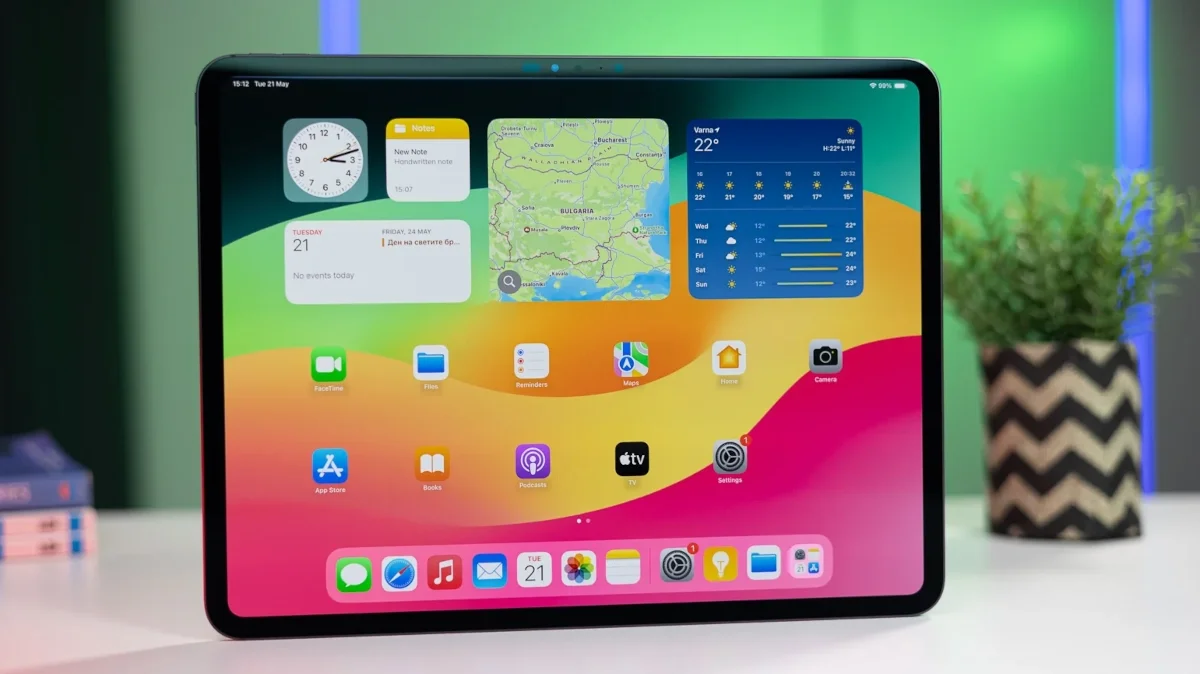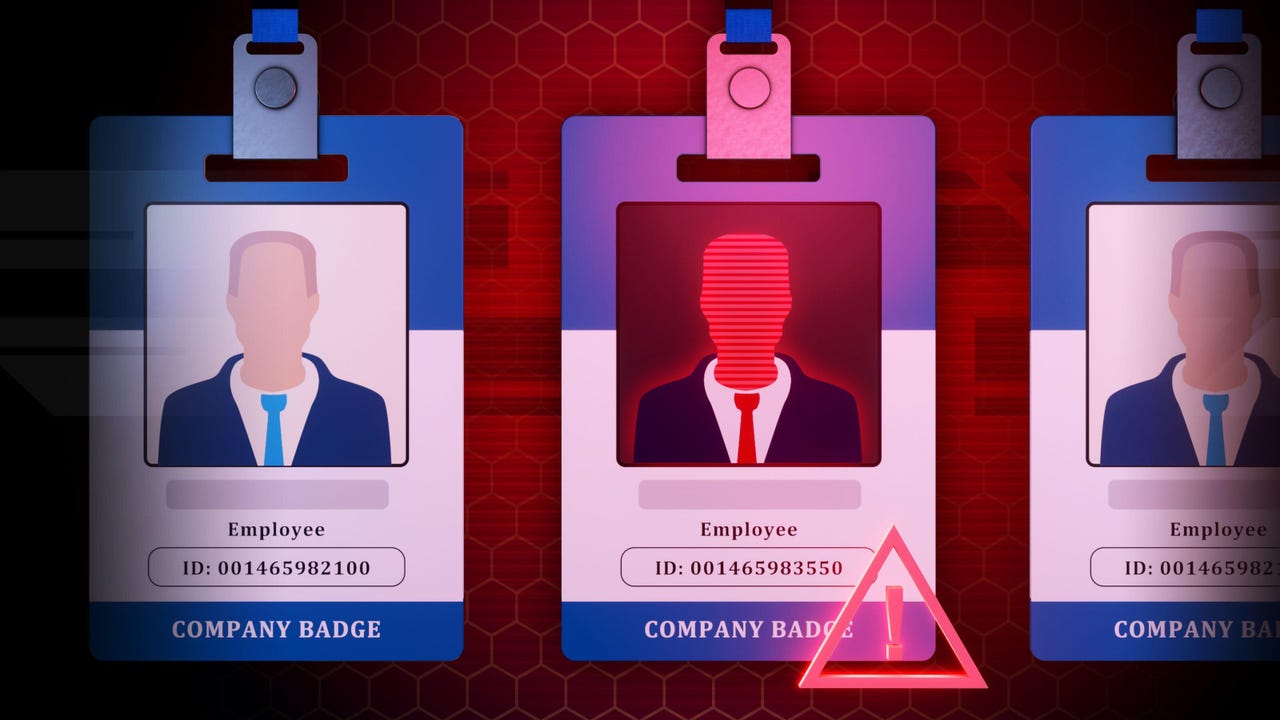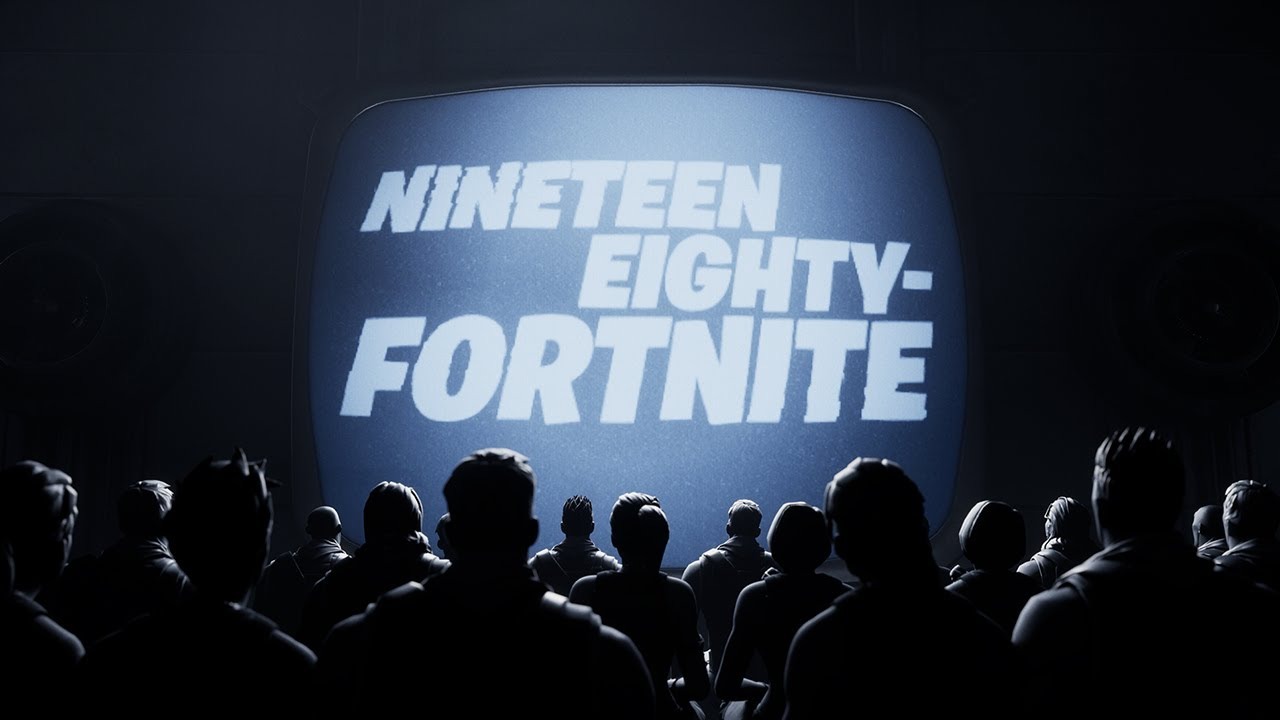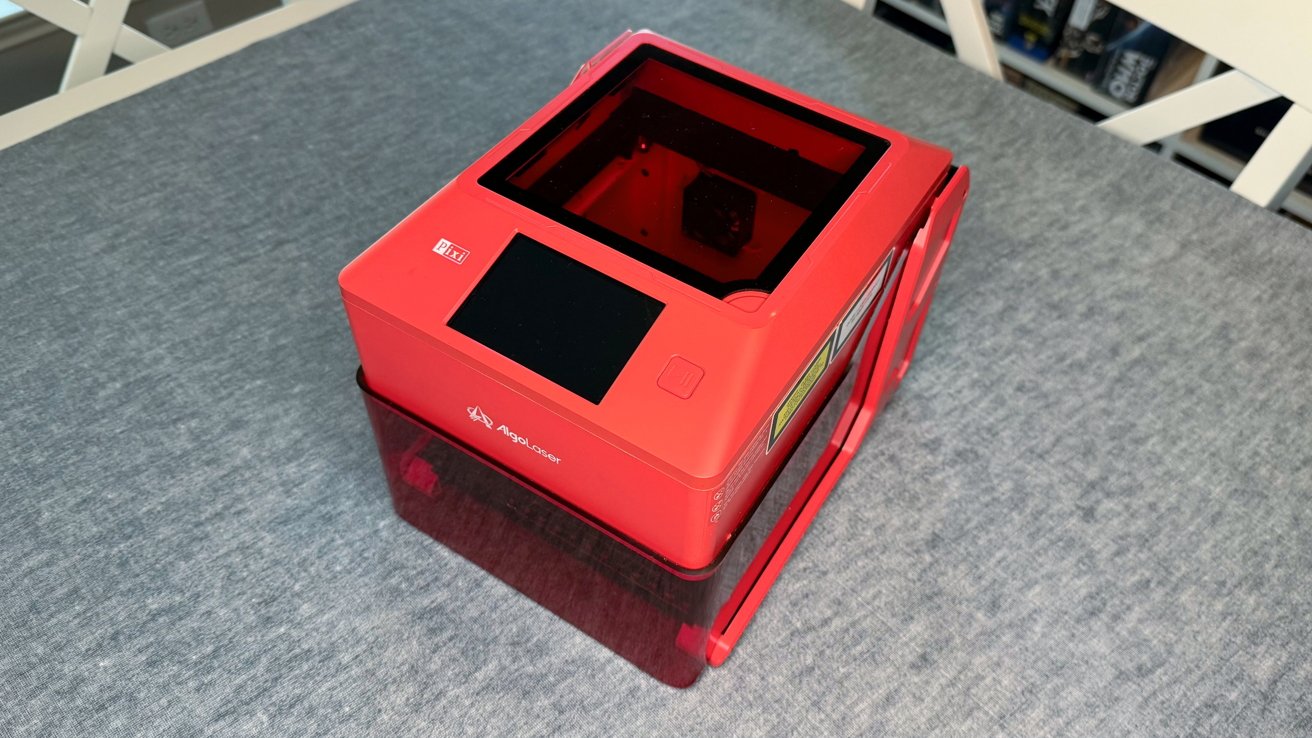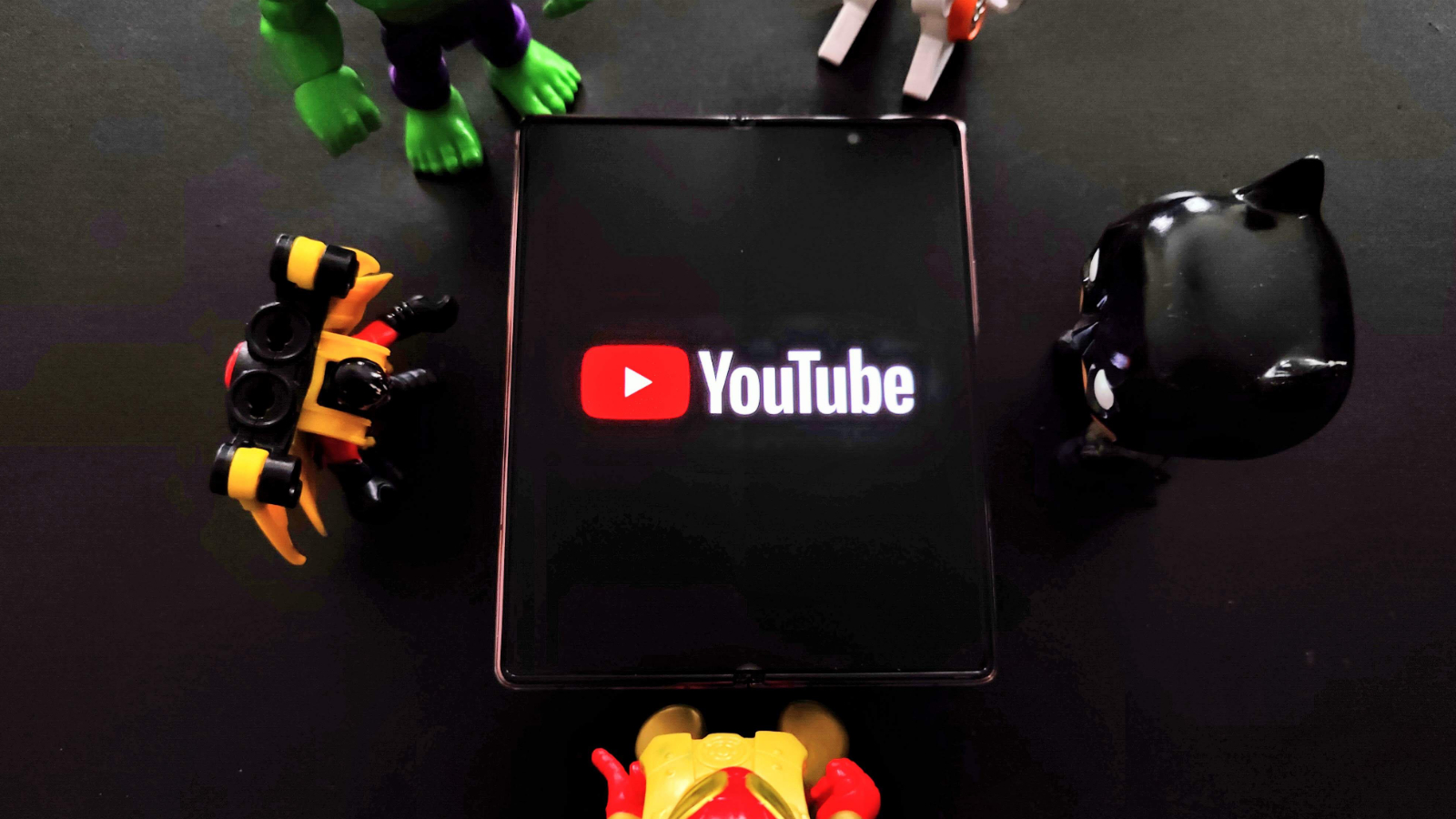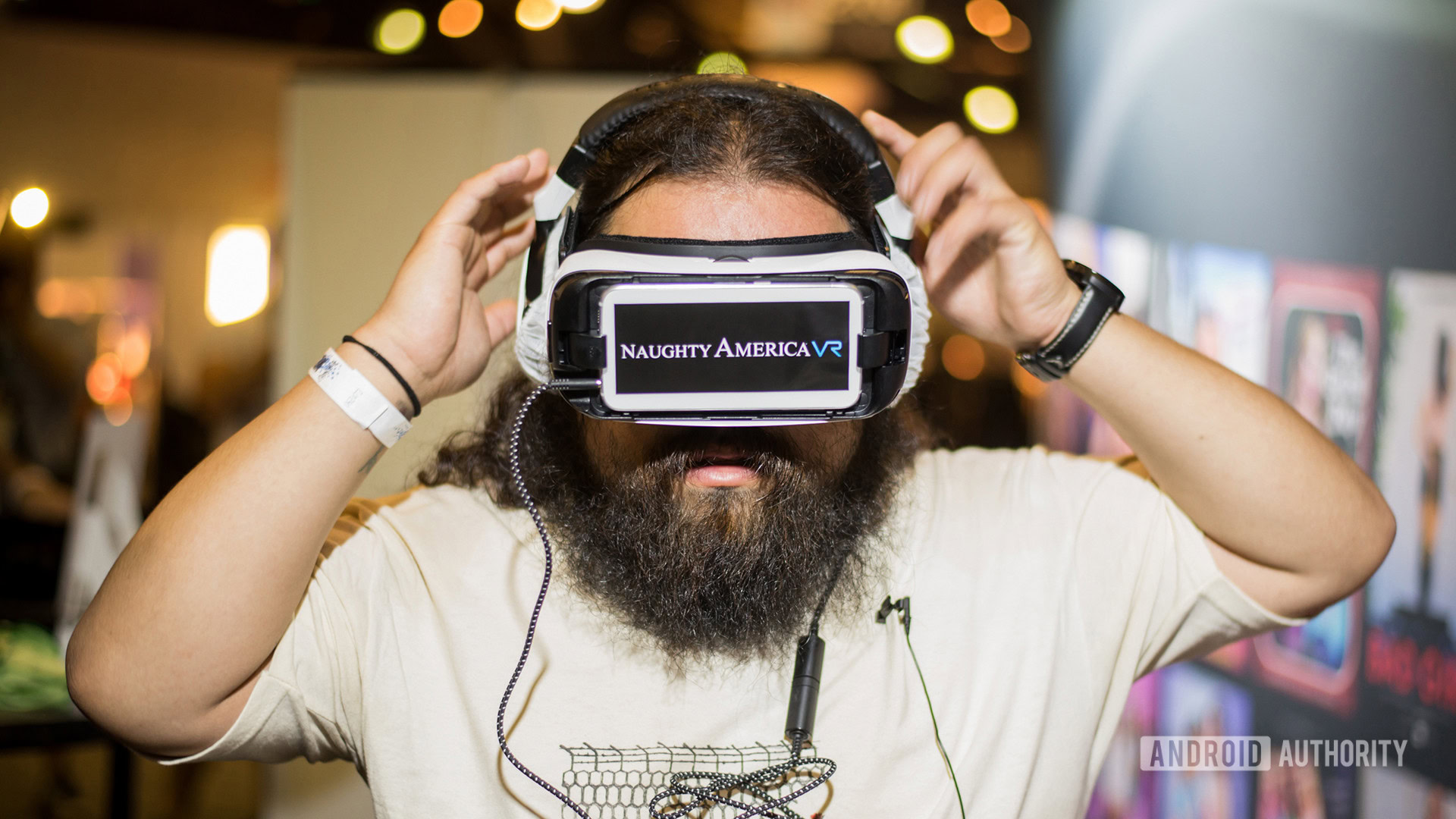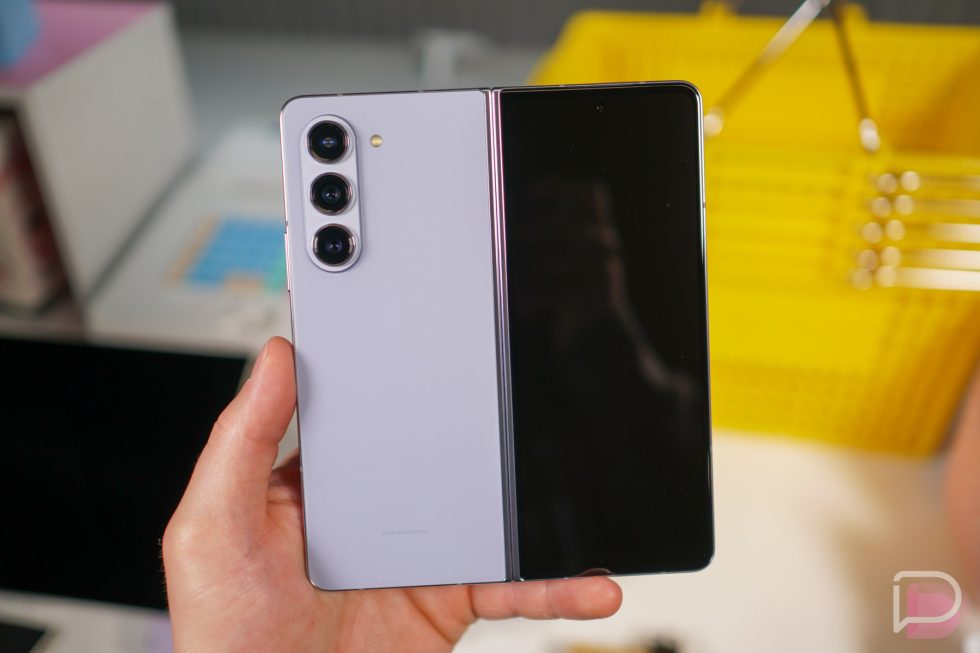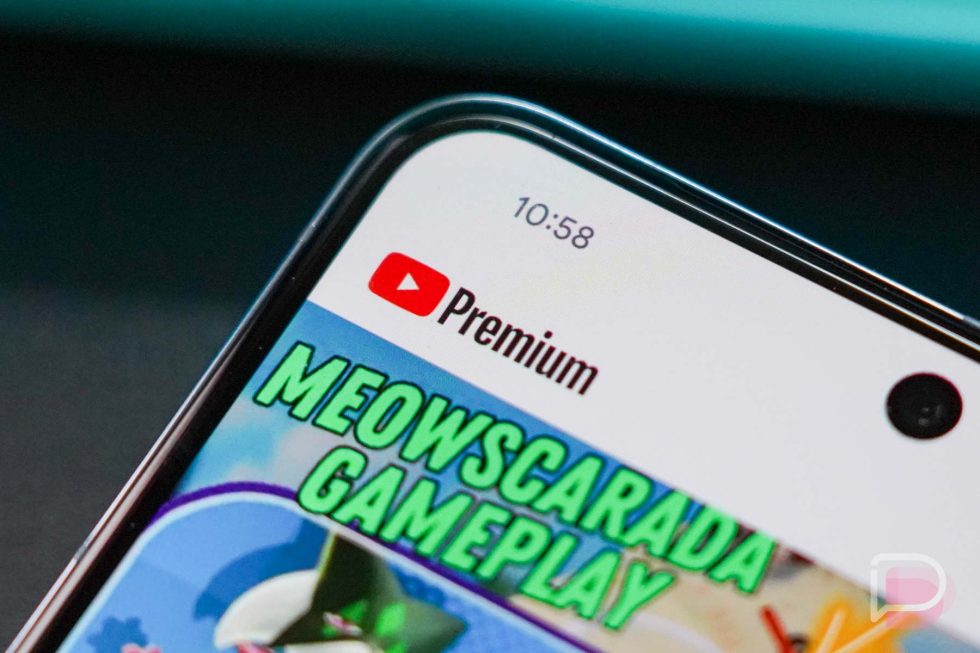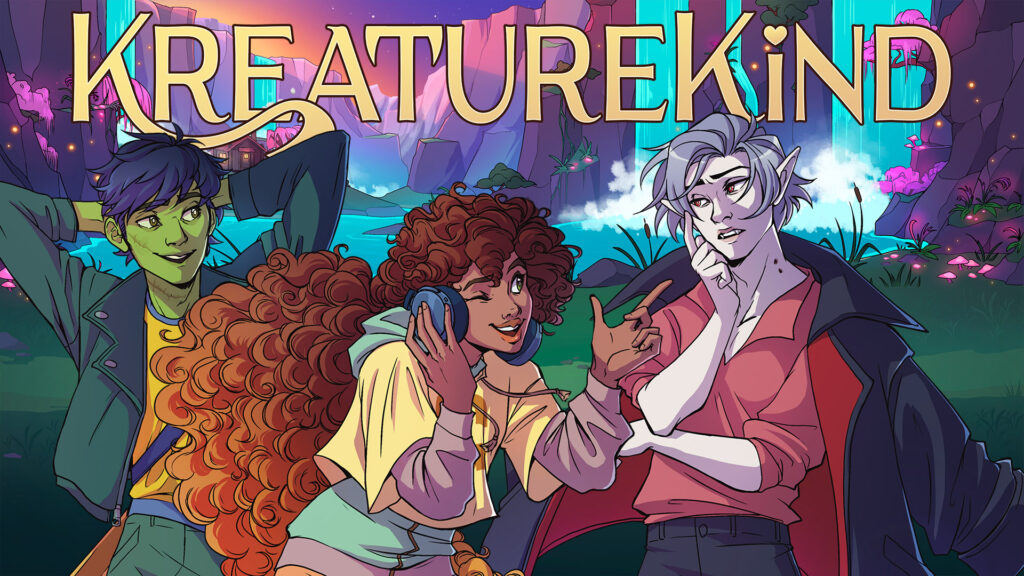How KreatureKind Uses Deckbuilding to Talk About Sustainability
The post How KreatureKind Uses Deckbuilding to Talk About Sustainability appeared first on Xbox Wire.
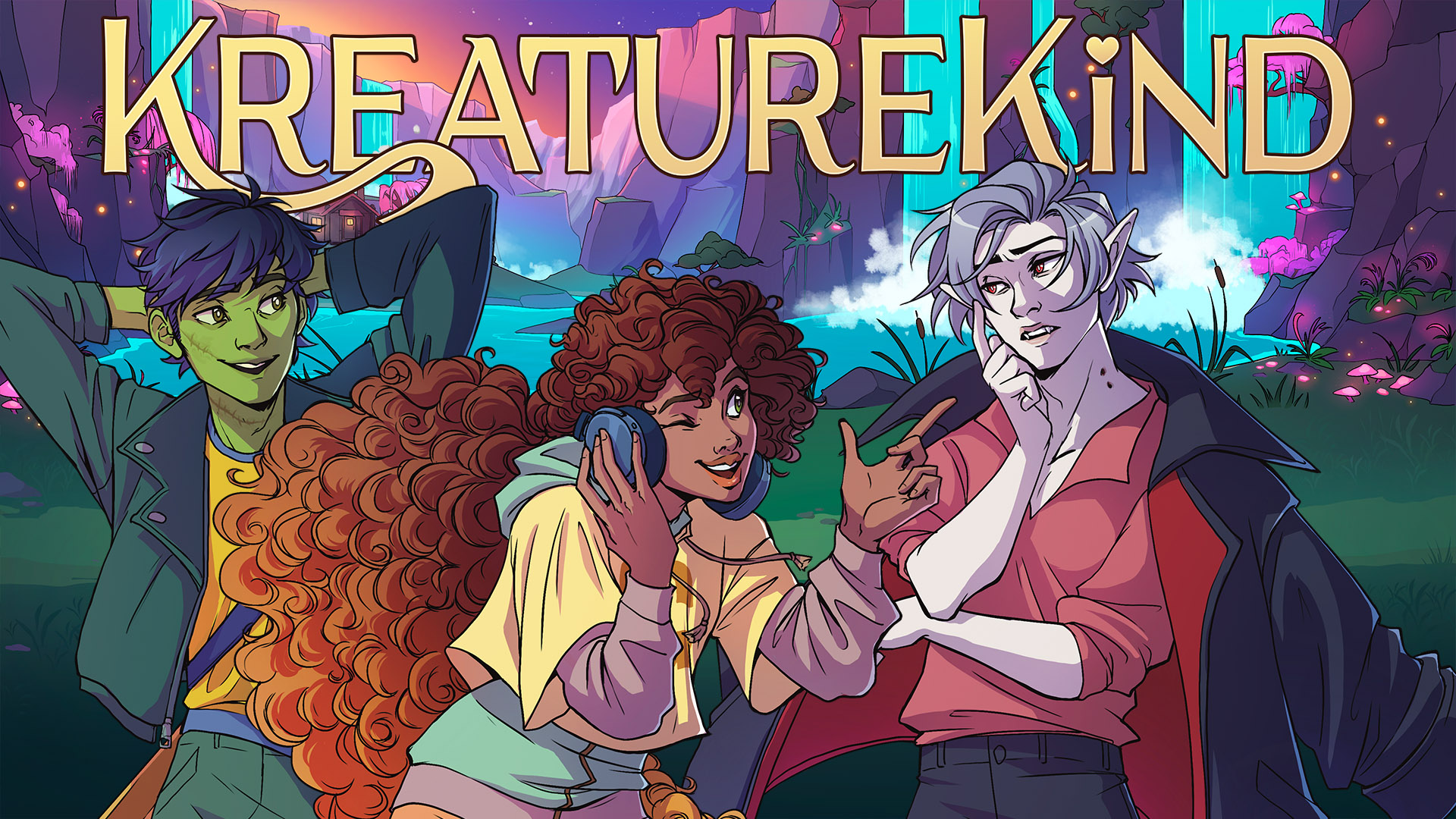
Summary
- KreatureKind is out now on Xbox Series X|S.
- Find out how to master the game through arguments.
- Seven playable characters with unique ability cards and combinations.
Be Kind. Be Clever. Be Radical.
I started making KreatureKind because I wanted to tell a different kind of story – one where kindness prevails, and where changing the world means not only rolling up your sleeves but also opening your heart.
In a world that sometimes feels too loud and too cynical, I hope KreatureKind offers a space to slow down and play with purpose. The game offers an optimistic outlook on activism, sustainability and building a better future together, as well as provides you with a toolbox for how to approach people with which you disagree.
There’s definitely a challenge to be found in the game – plenty of tough choices, synergies to discover, and high-stakes showdowns. But underneath it all is a message I believe in: Kindness is powerful. And sometimes, it’s radical.
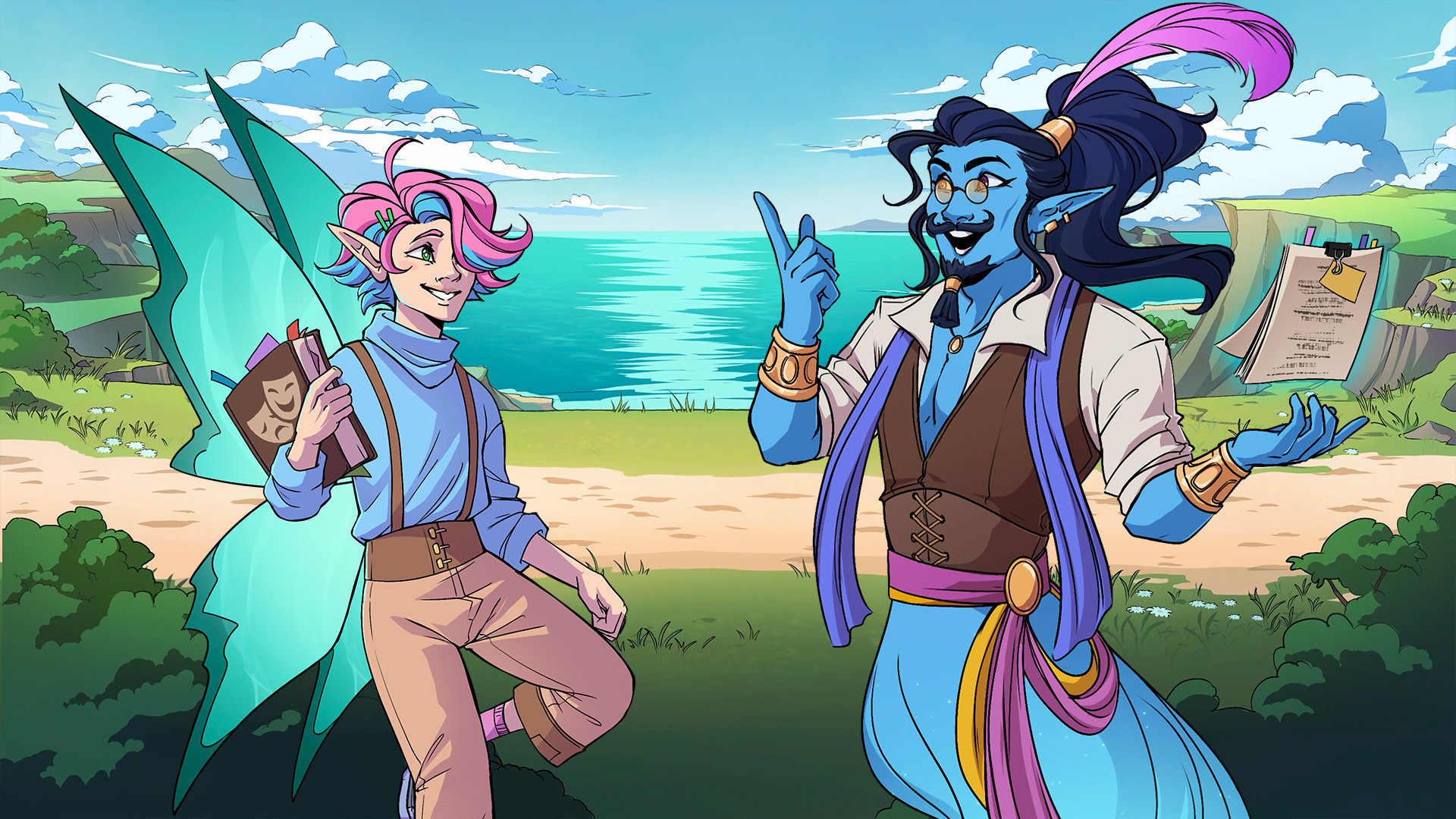
Emotional, Rational, or Factual
To maximize your success in KreatureKind, you first need to understand how the HP bars differ slightly from those in other games you may have played.
Since KreatureKind is about debates rather than physical fighting, HP stands for Hypothesis Points. The bars are divided into segments, individually called Hypotheses, which come in three colors – pink for emotional, green for rational, and blue for factual. They represent what is stopping the character from agreeing with and joining your cause. Pink means that they are currently vulnerable to emotional arguments. They are also resistant to factual arguments for the time being, and rational arguments made by the characters have increased effectiveness (it’s their current Focus). Think of it as a rock-paper-scissors situation.
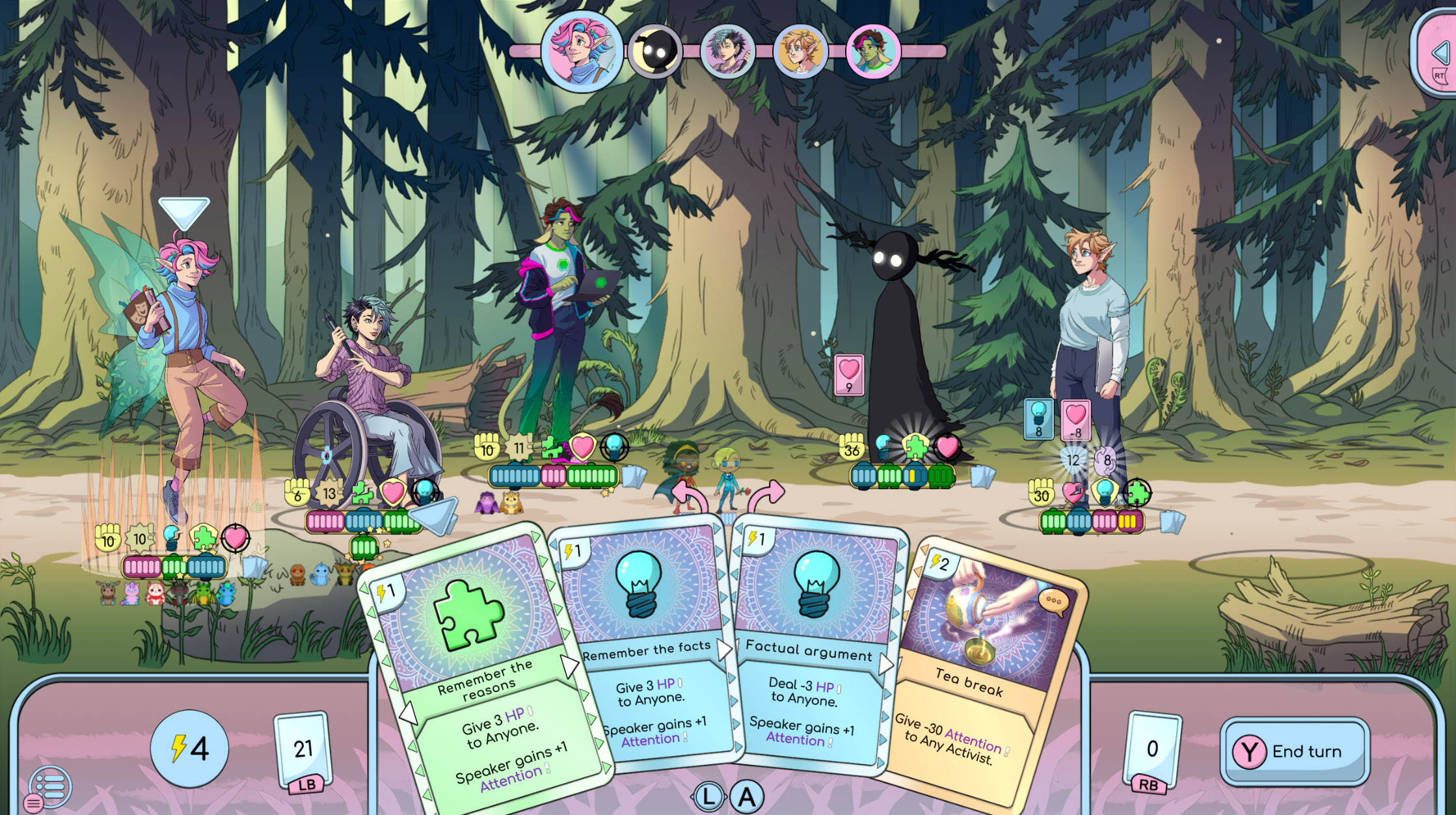
Keep an eye on your own current Focus, and which type of argument your opponents are Vulnerable and Resistant to. It’s important to plan the order of the cards you play, because their effect normally doesn’t pass over between hypotheses. In the example below, Riley is trying to convince her brother Ricky that she has to leave their home town in an effort to save magic. You can finish the encounter in two rounds, but you have to play your cards in a specific order. (Please note that this is early in the game, before Resistance and Focus have been introduced. The card order is scripted in this encounter, to introduce the mechanics in a controlled way.)
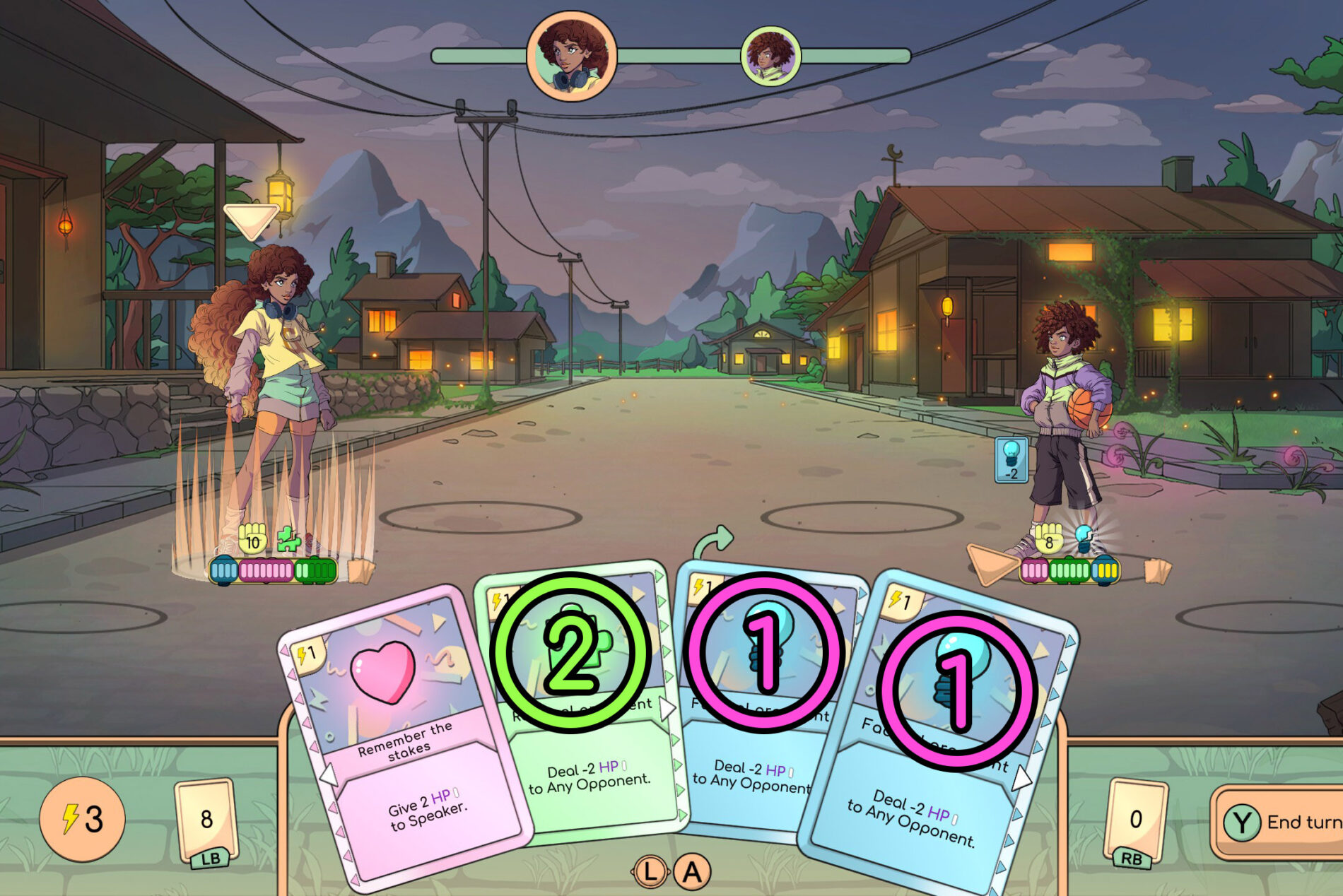
On your first round, you are given the choice between a defensive healing card and three offensive ones – one green and two blue. Since Ricky’s current hypothesis is blue, the two blue cards are most effective against him. Saving the green card for last will take 3 HP off the next hypothesis rather than two.
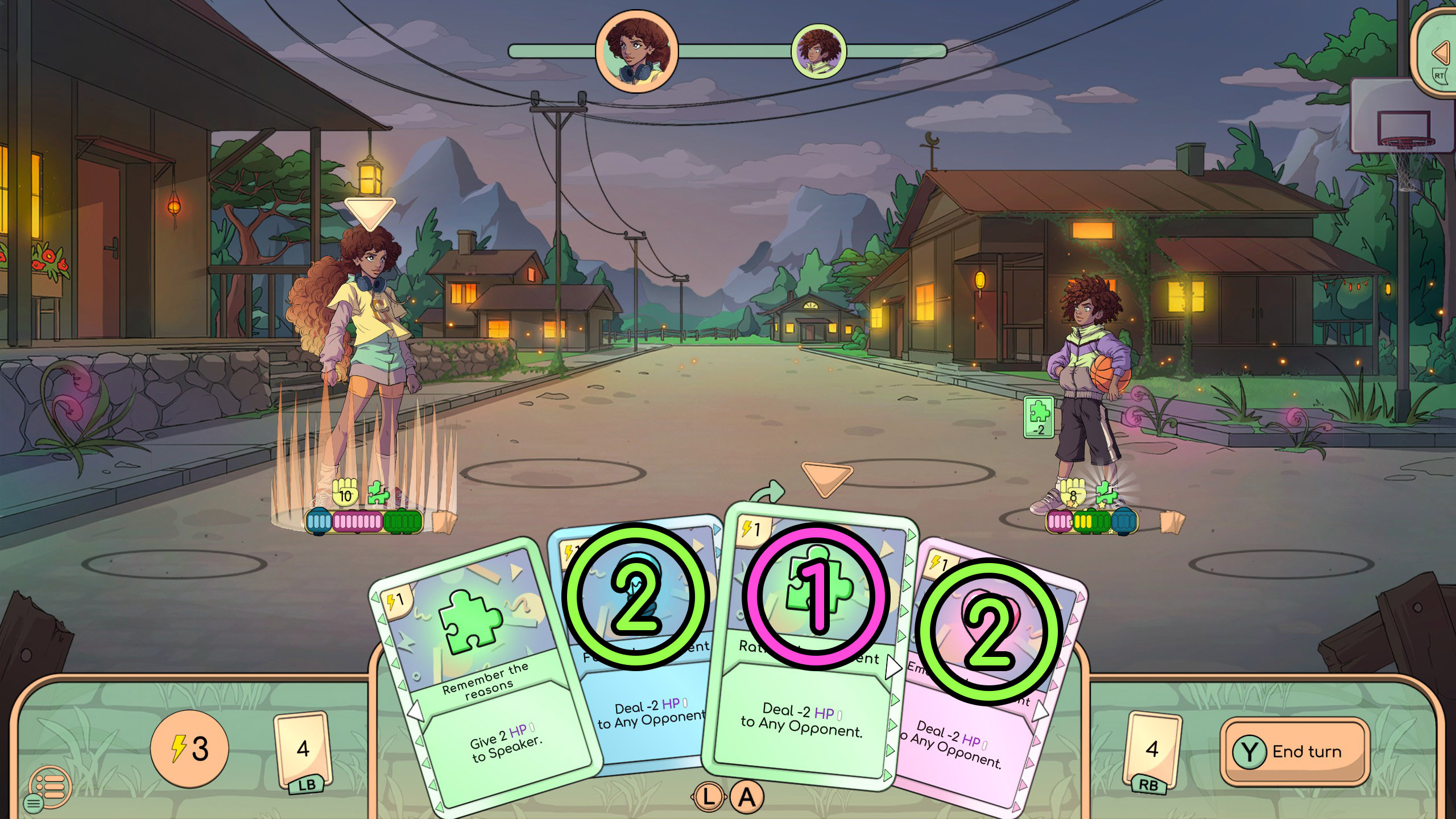
Next, while still in a green hypothesis, starting with the green card and using the pink and blue ones after that will bring down the rest of Ricky’s HP to 0. Starting with a blue or pink card, on the other hand, will leave one HP in the segment and forgo part of the following card’s effect.
The goal is to always give you interesting choices – even with simple cards. Should you receive a hand that isn’t particularly useful in the current situation, you still need to consider if you want to play them anyway. Discarding playable cards decreases that character’s Attention, meaning opponents are less likely to target them. Great in some situations, less desirable in others.
Ability Cards – the Core of Each Activist
Each of the seven playable characters in KreatureKind has a unique balance of offensive and defensive argument cards. Offensive ones affect opponents’ HP, and defensive ones may return HP to your own characters, or add Block or Prep. Block shields incoming effects, and Prep deals removed HP right back to the casting opponent.
Argument cards are not the only types of cards in KreatureKind, however. What truly makes each playable character unique is their set of yellow Ability cards.
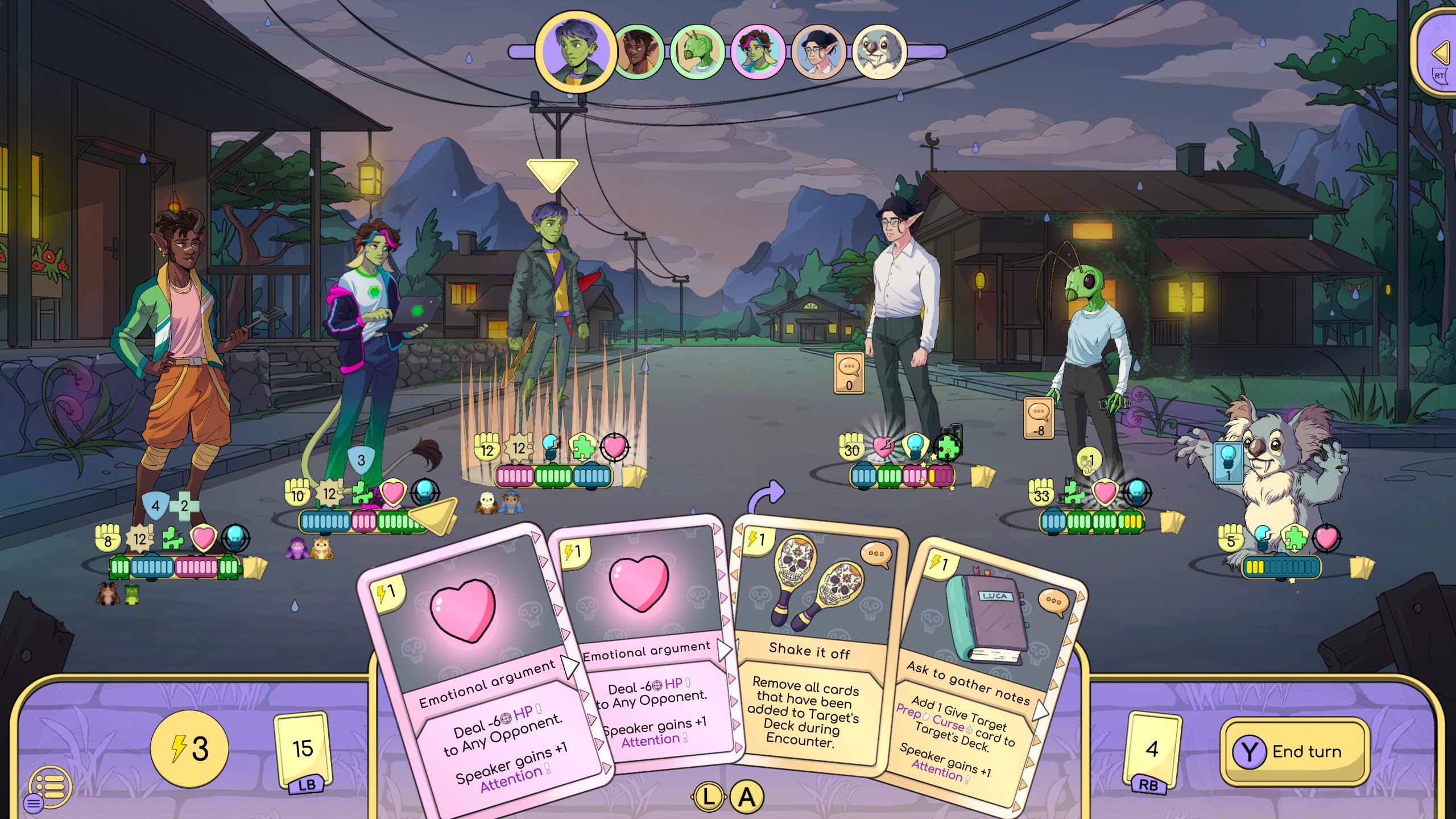
In the screenshot above, Luca’s two Ability cards use “Curse” cards (in keeping with his love of pranks). If you go all-in on this tactic, you can all but make the opponents work for you. The other characters take on roles akin to a tank, healer, a DPS character, etc. Most of their Ability cards are cast just like any other, and their unique effect is clear on the card.
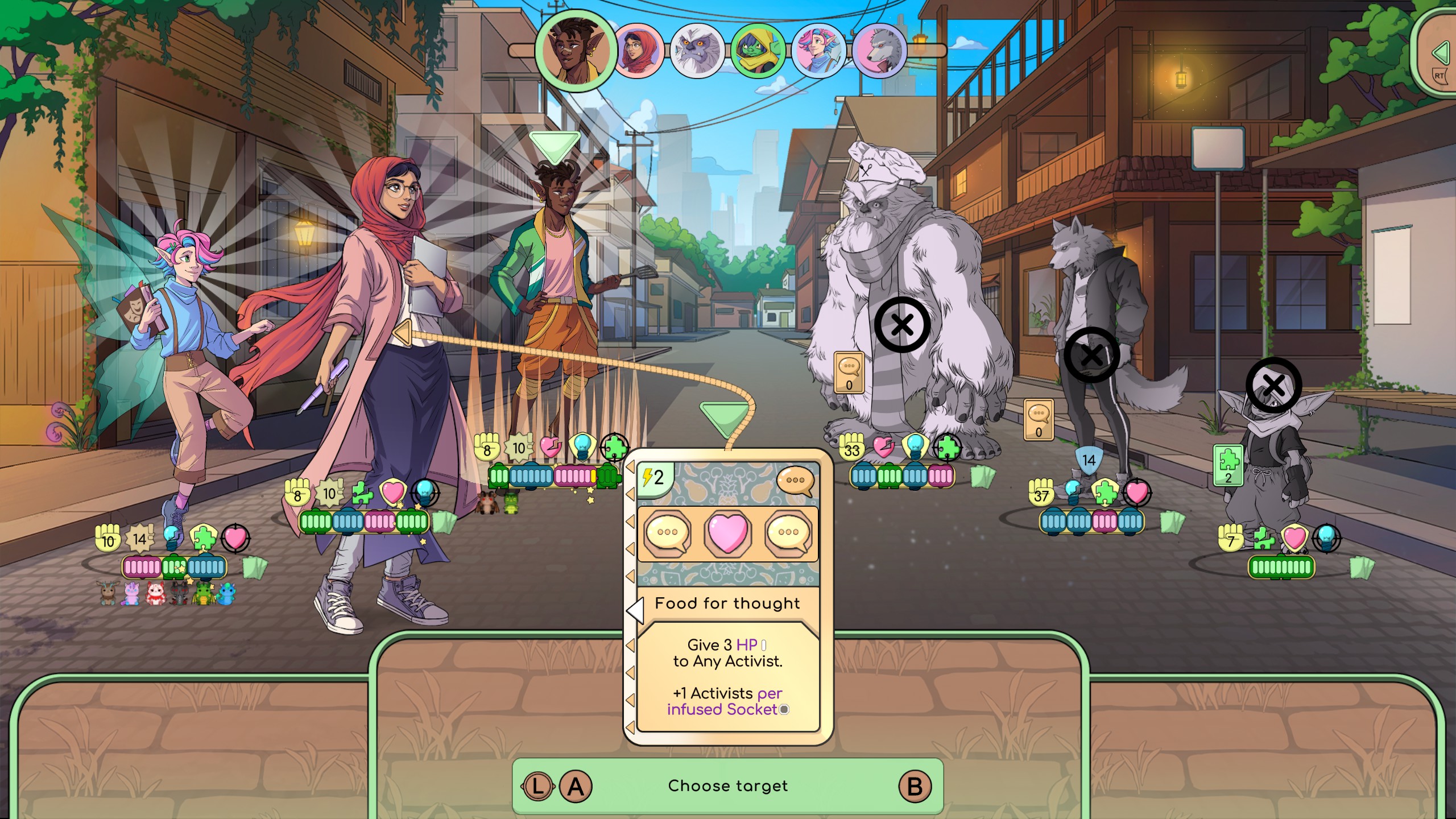
Other Ability cards have 1-3 Slots on them, which can be filled by other cards. Typically, the card’s effect will be boosted based on how many slots you fill. In the example above, the selected card goes from a single-target to effectively becoming an AOE, depending on how many other cards you use. In some cases, the sacrifice may seem far too great, as the effect may not be enough to justify. However, the same card can be invaluable during another turn. Choose wisely!
A World Worth Saving (and Hanging Out In)
Beyond the cards and the tactics, KreatureKind is an optimistic game about activism and good vibes.
Along with an amazing cast of freelancers, I have filled the game with vibrant, hand-drawn art, a flow-inducing lofi soundtrack, and a cast of lovable weirdos who bring the world to life. You’ll meet cryptids, mythological creatures and barely copyright-dodging fantasy monsters, as well as a few good old dorky humans. They all belong to one of the seven magical factions (who cast spells through the means of for example cooking, programming and dancing), and each gives you a unique dialogue before and after the encounter.
Oh, and some drink Human energy drinks. Because they are monsters.
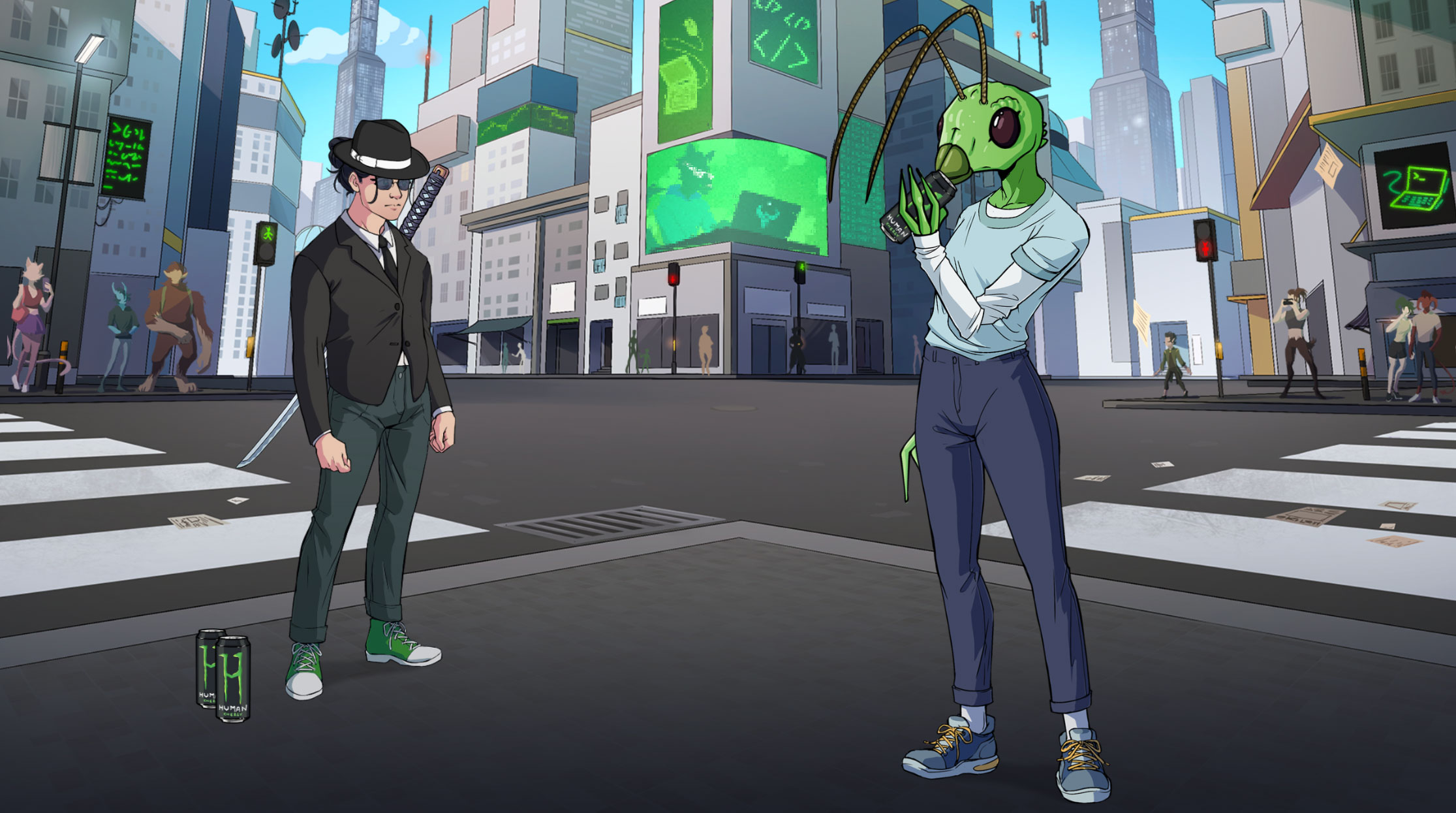
Play KreatureKind on Xbox
Whether you’re a card game veteran or just here for the vibes, we hope you find a faction you love, a monster you want to hug, and maybe even a cause worth fighting for – with words.
KreatureKind
Valiant Game Studio, Aurora Punks
The post How KreatureKind Uses Deckbuilding to Talk About Sustainability appeared first on Xbox Wire.














































































































































































![[The AI Show Episode 156]: AI Answers - Data Privacy, AI Roadmaps, Regulated Industries, Selling AI to the C-Suite & Change Management](https://www.marketingaiinstitute.com/hubfs/ep%20156%20cover.png)
![[The AI Show Episode 155]: The New Jobs AI Will Create, Amazon CEO: AI Will Cut Jobs, Your Brain on ChatGPT, Possible OpenAI-Microsoft Breakup & Veo 3 IP Issues](https://www.marketingaiinstitute.com/hubfs/ep%20155%20cover.png)

























































































































![Rust VS Go VS TypeScript – which back end language is for you? With Tai Groot [Podcast #176]](https://cdn.hashnode.com/res/hashnode/image/upload/v1750974265013/73f79068-0087-4c39-8a8b-feea8cac873b.png?#)





















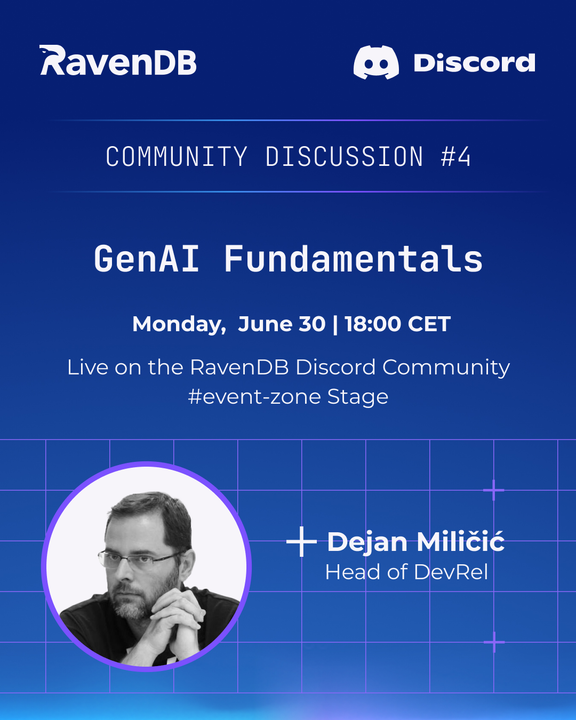




















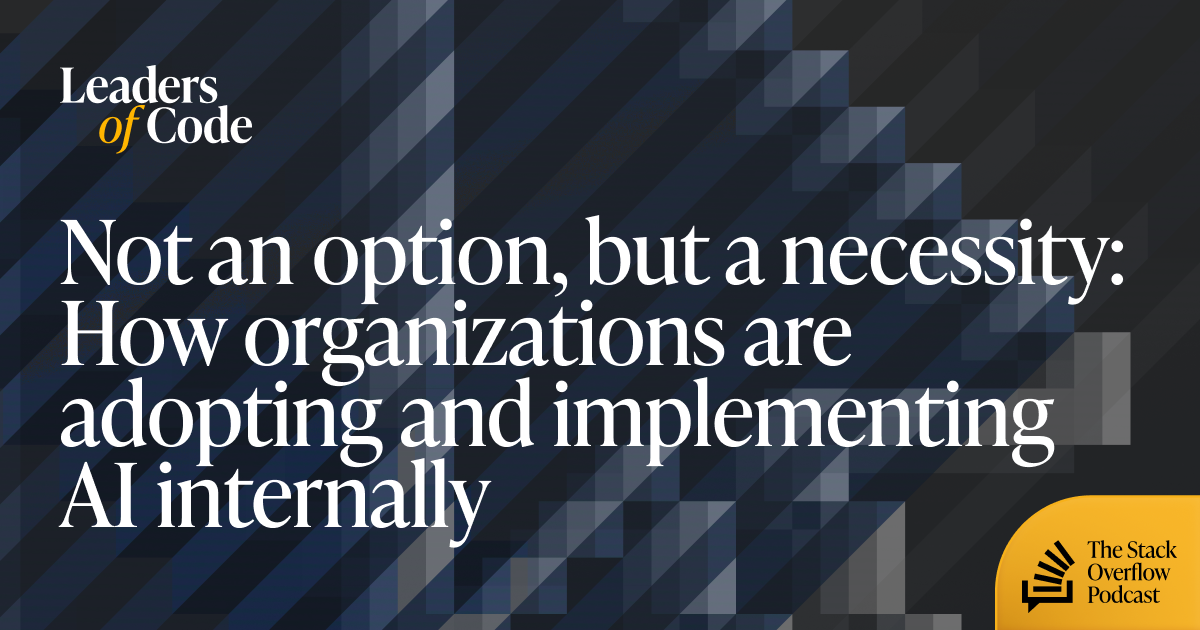




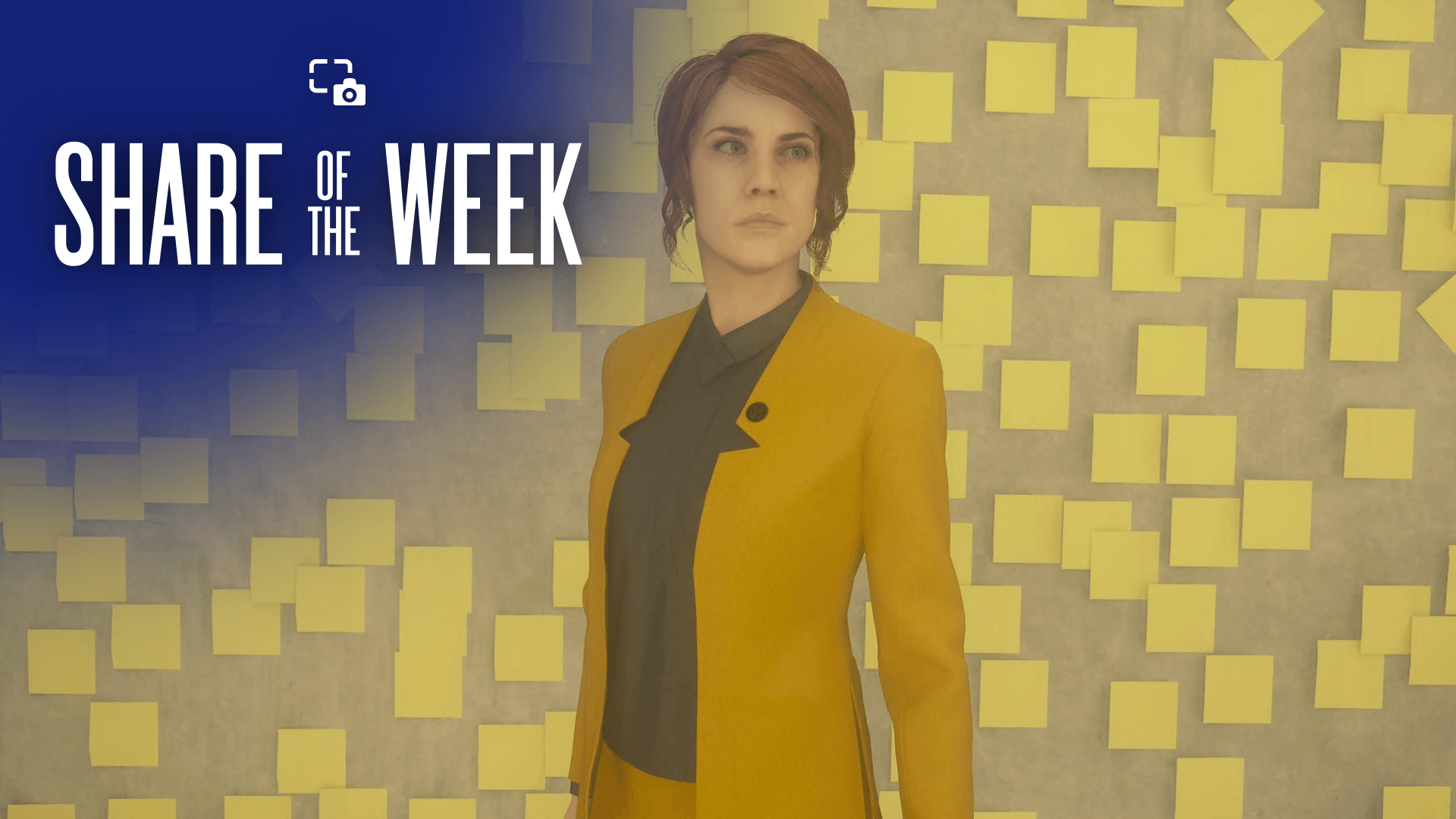
























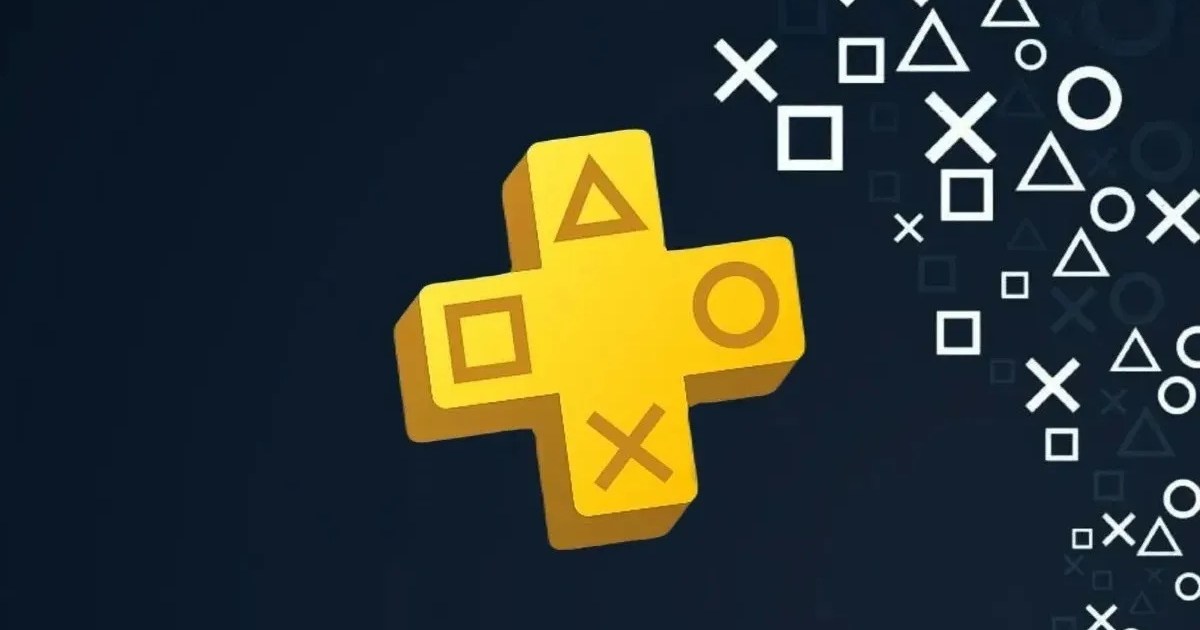











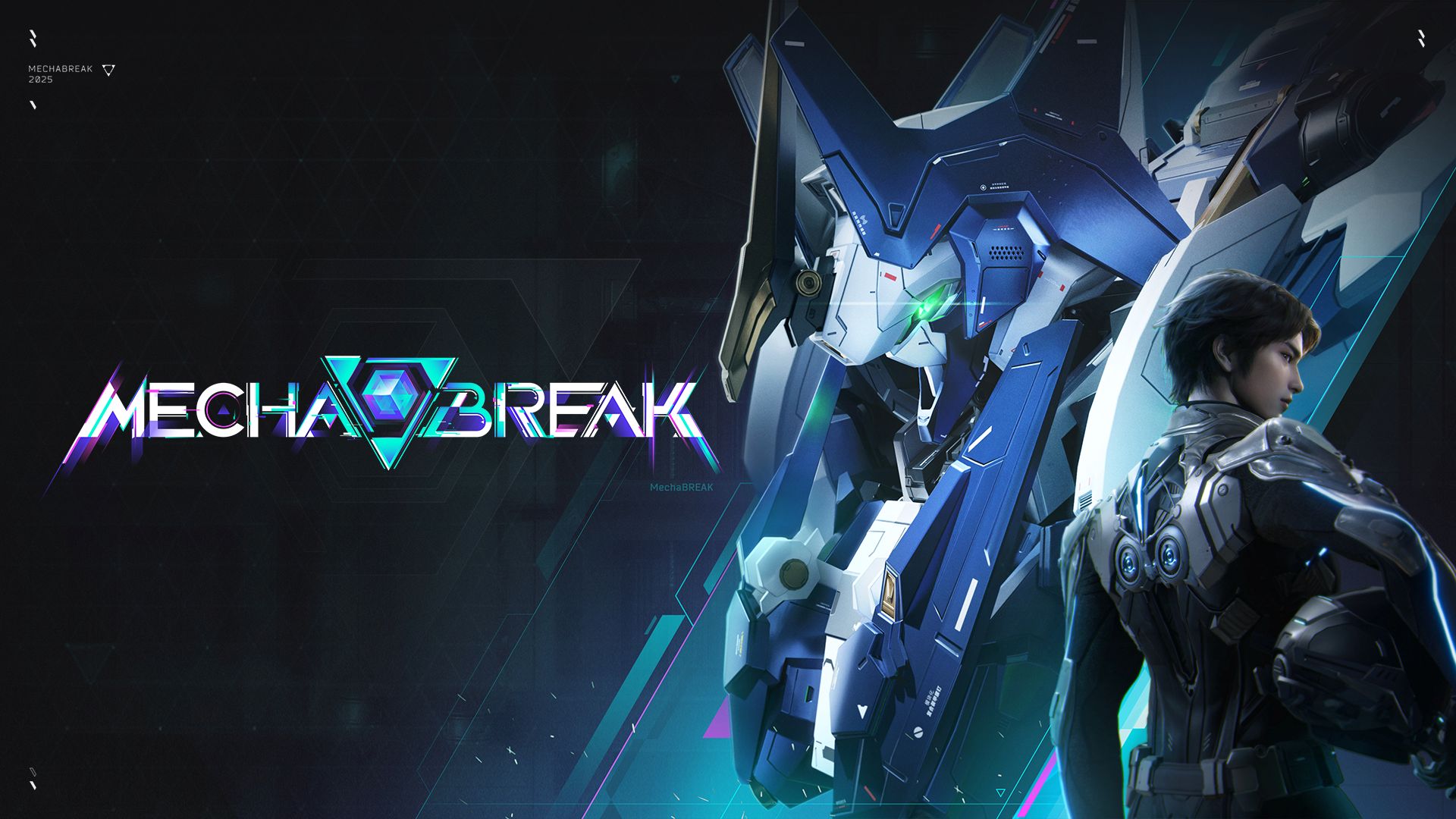
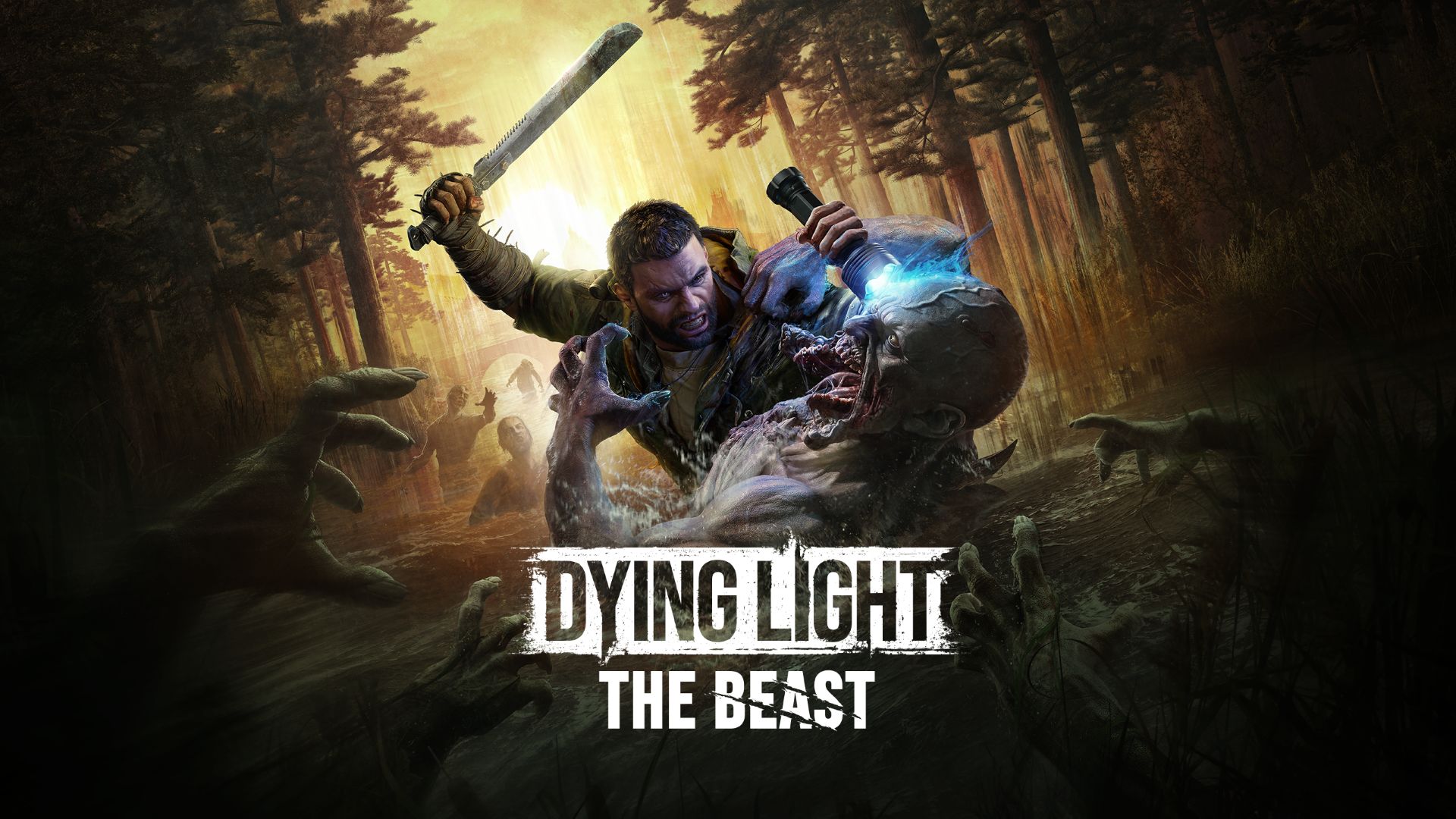





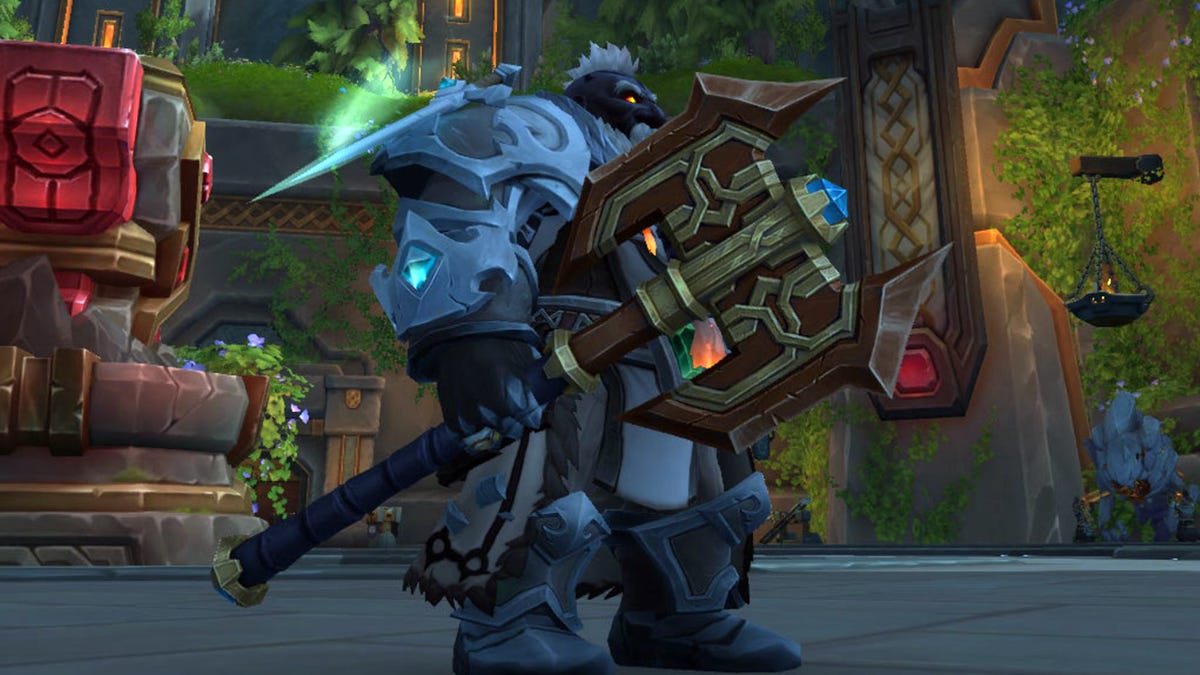

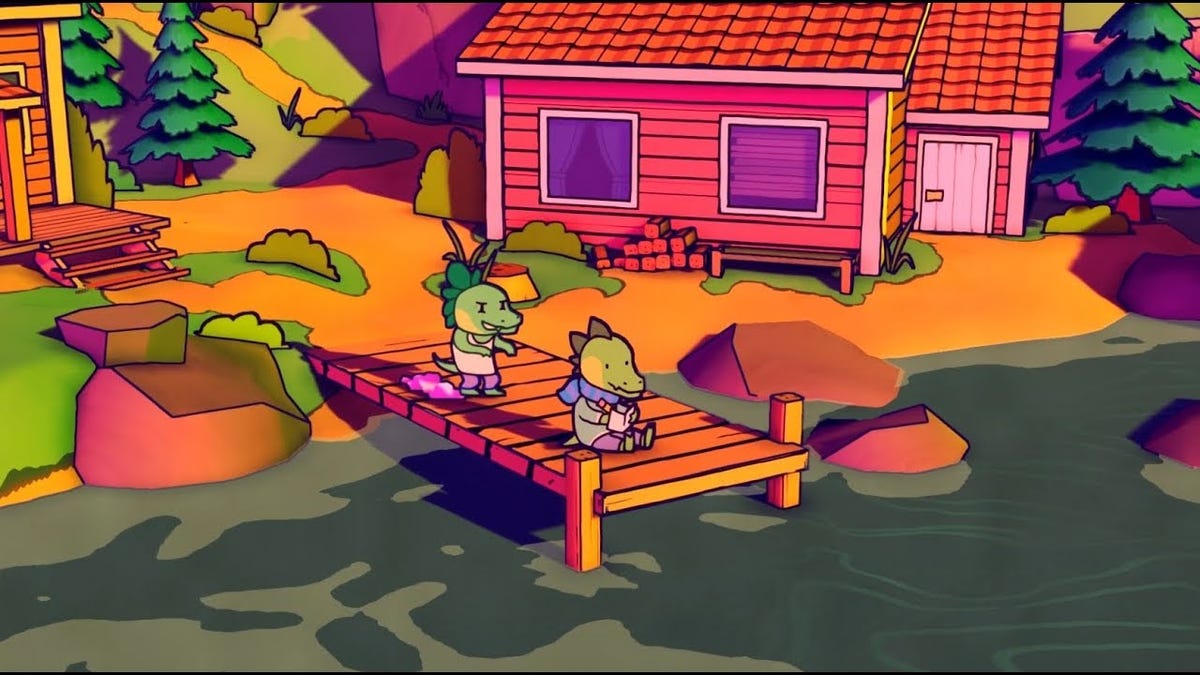

















.jpg?width=1920&height=1920&fit=bounds&quality=70&format=jpg&auto=webp#)










